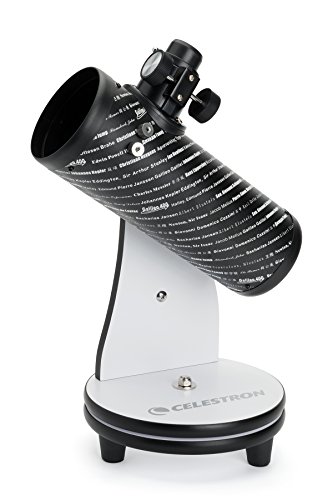NASA Astronomy Picture of the Day 25 January 2023: The Enchanting Lynds' Dark Nebula
NASA's Astronomy Picture of the Day is an enchanting snapshot of Lynds' Dark Nebula captured by astrophotographer Joshua Carter.

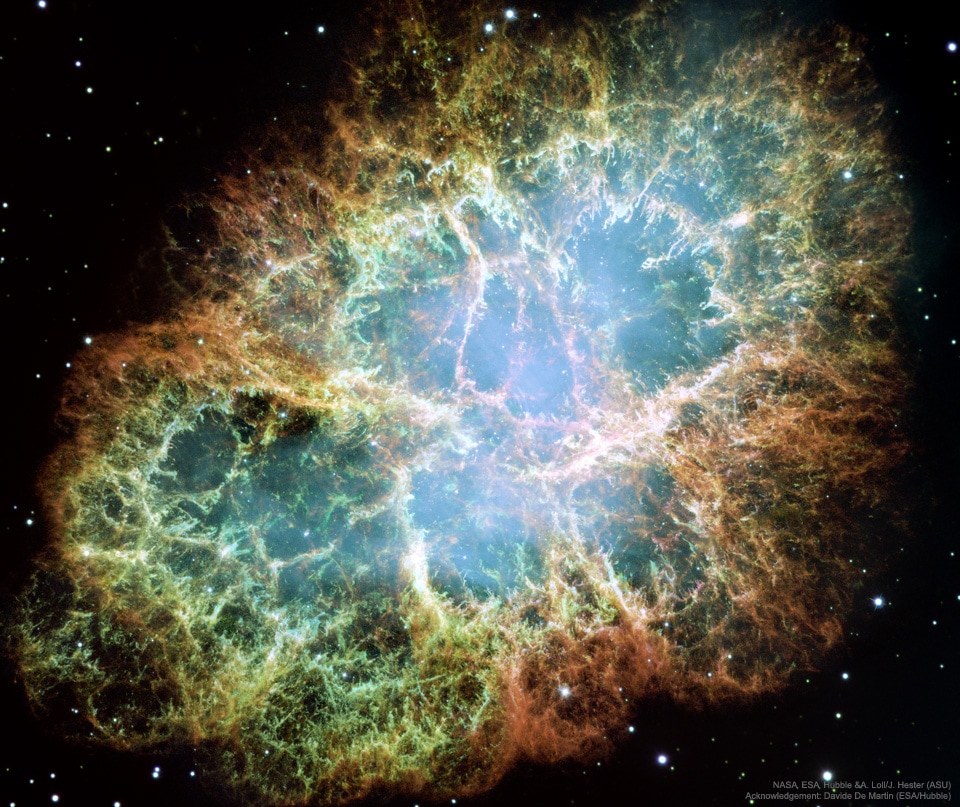
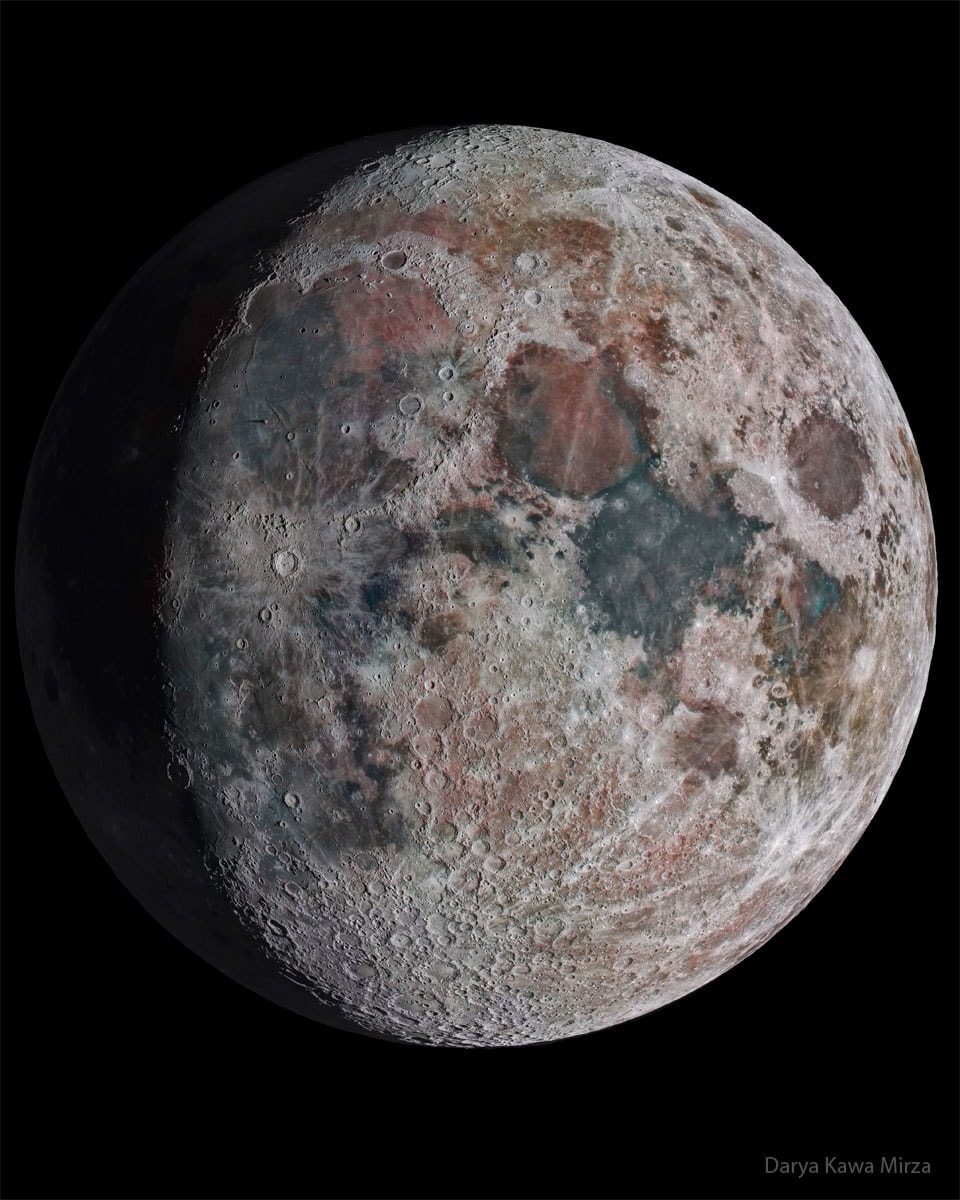
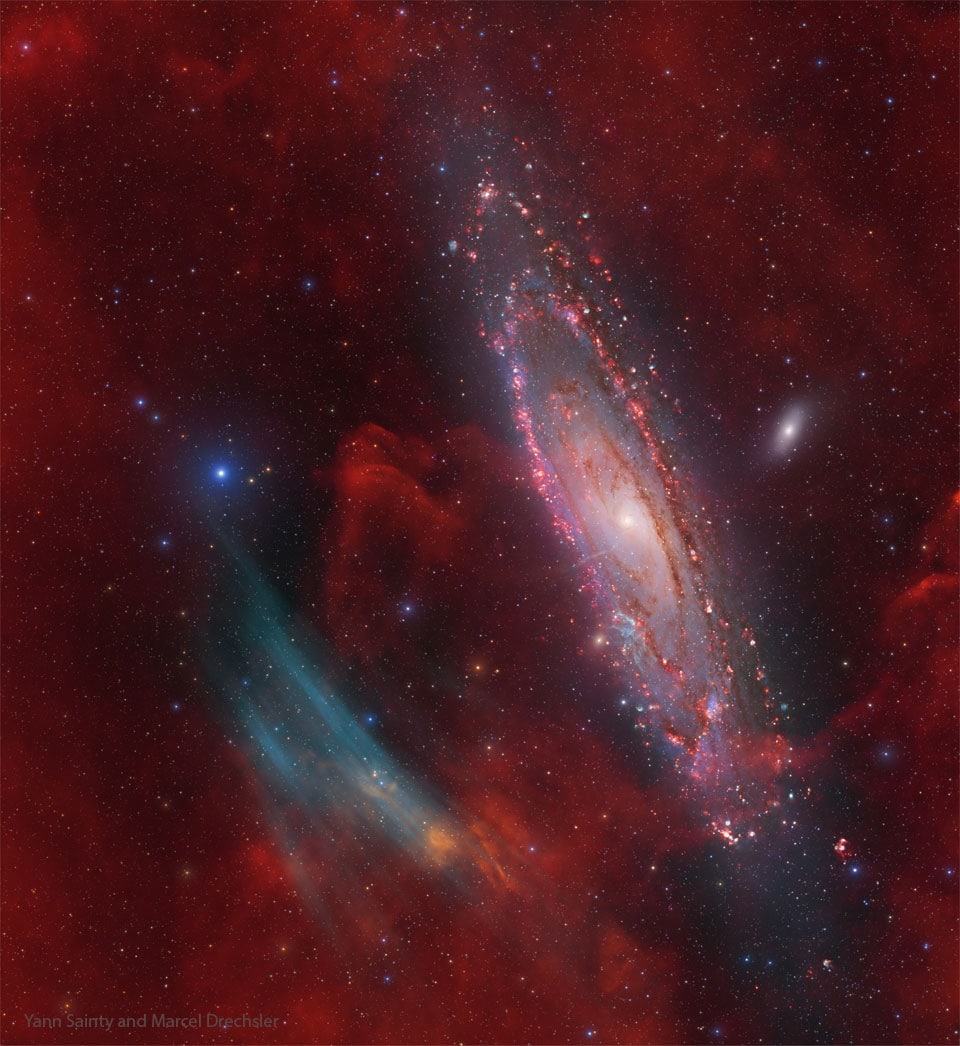
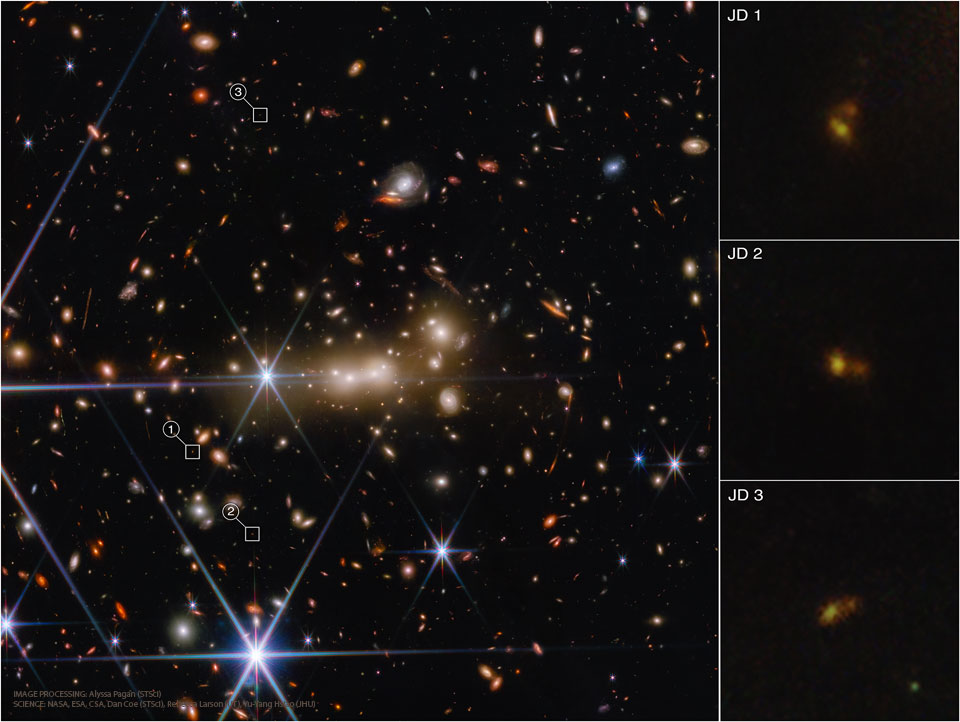
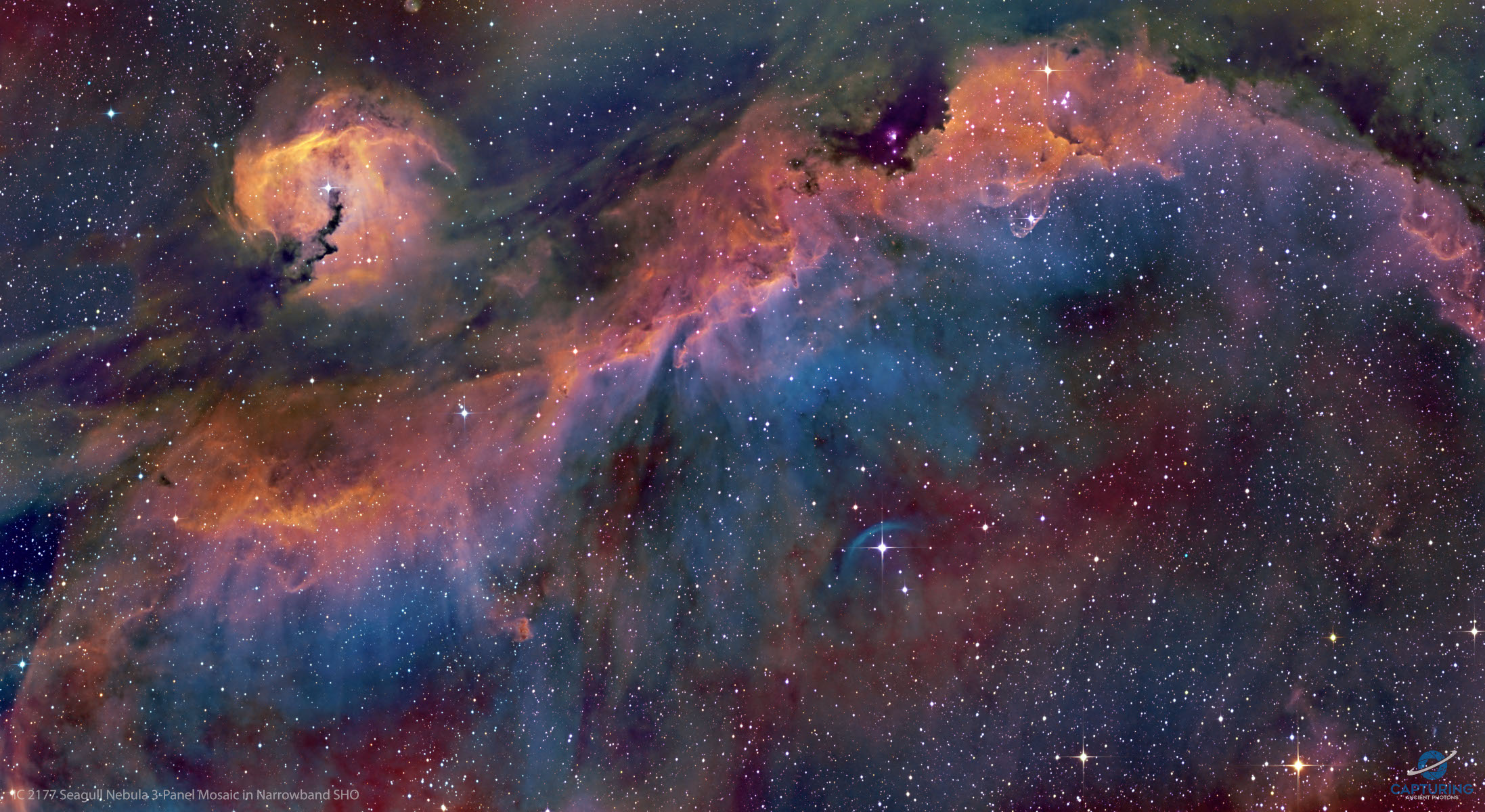
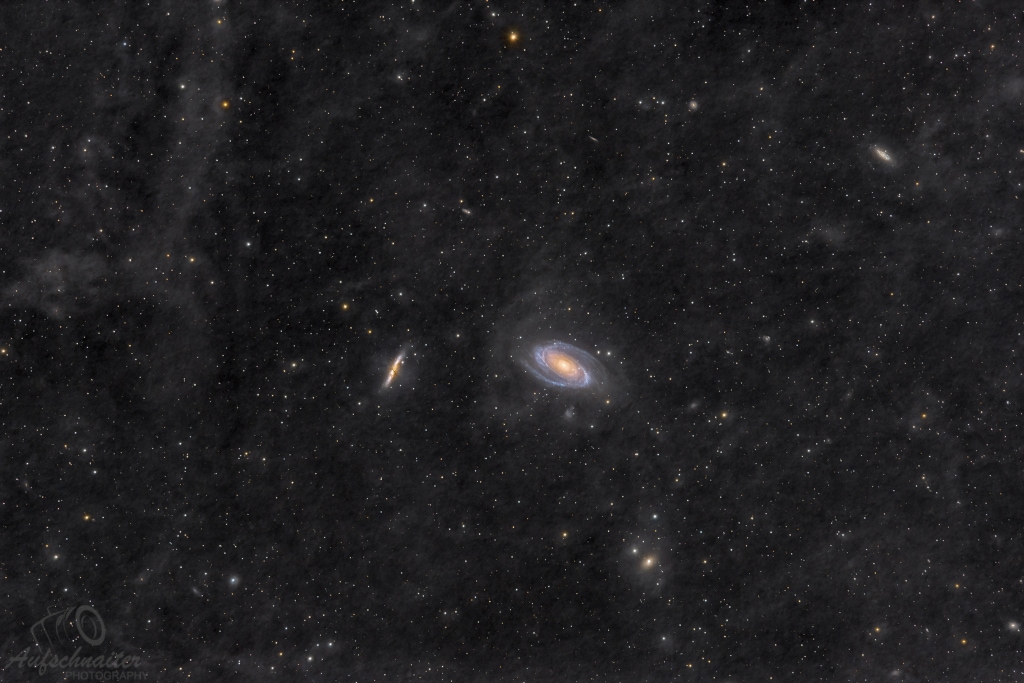
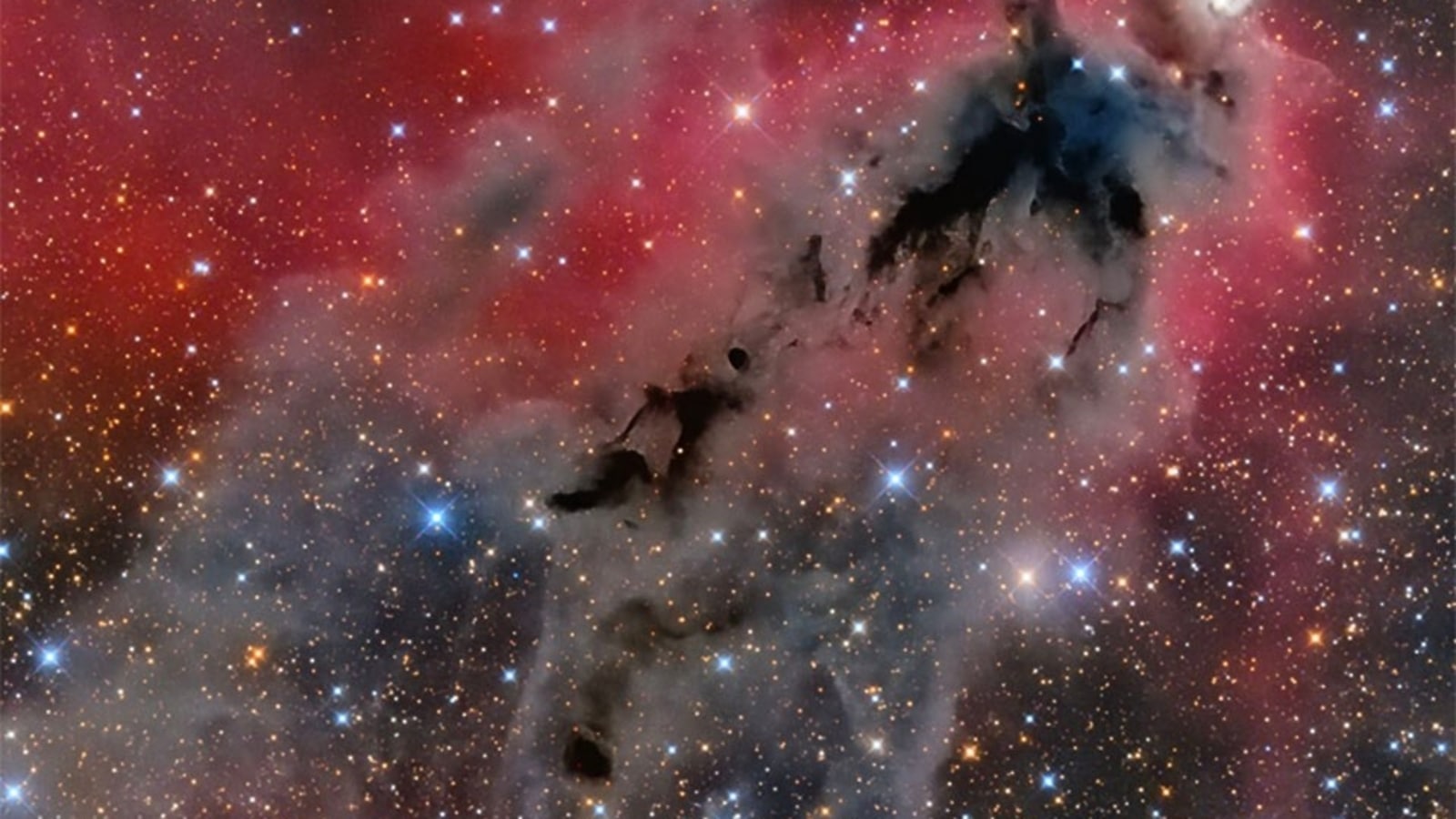
 View all Images
View all ImagesNebulas exist in the space between stars, known as the Interstellar space. In fact, there is a Nebula close to Earth which could possibly be the remnant of the dying star, according to NASA. It is called the Helix Nebula and is located approximately 700 light-years away from Earth. NASA captures the Nebulas with the help of its Spitzer Space Telescope, Hubble Space Telescope and the new James Webb Space Telescope.
Lynds' Dark Nebula is a catalog of over 700 dark nebulae discovered by American astronomer Barbara Lynds in the 1960s. Dark nebulae are clouds of dust and gas that block the light from stars and other objects behind them, making them appear dark in the night sky. Therefore, they are also known as Absorption Nebulae.
NASA's Astronomy Picture of the Day is an enchanting image of Lynds' Dark Nebula (LDN) 1622 which appears against a faint background of glowing hydrogen gas only visible in long telescopic exposures of the region. It is located about 1500 light-years away in the Belt and Sword of Orion. The dark nebulae are often used as markers to locate other objects in the sky, such as stars and galaxies and provide a unique opportunity to study the properties of dust and gas in the universe.
The image was captured by Joshua Carter, an amateur astrophotographer based in Wakayama, Japan.
NASA Explains
To some, the dark shape looks like a mythical boogeyman. Scientifically, Lynds' Dark Nebula (LDN) 1622 appears against a faint background of glowing hydrogen gas only visible in long telescopic exposures of the region. In contrast, the brighter reflection nebula vdB 62 is more easily seen just above and to the right of center in the featured image. LDN 1622 lies near the plane of our Milky Way Galaxy, close in the sky to Barnard's Loop, a large cloud surrounding the rich complex of emission nebulae found in the Belt and Sword of Orion.
With swept-back outlines, the obscuring dust of LDN 1622 is thought to lie at a similar distance, perhaps 1,500 light-years away. At that distance, this 2-degree wide field of view would span about 60 light-years. Young stars do lie hidden within the dark expanse and have been revealed in Spitzer Space Telescope infrared images.
Catch all the Latest Tech News, Mobile News, Laptop News, Gaming news, Wearables News , How To News, also keep up with us on Whatsapp channel,Twitter, Facebook, Google News, and Instagram. For our latest videos, subscribe to our YouTube channel.

